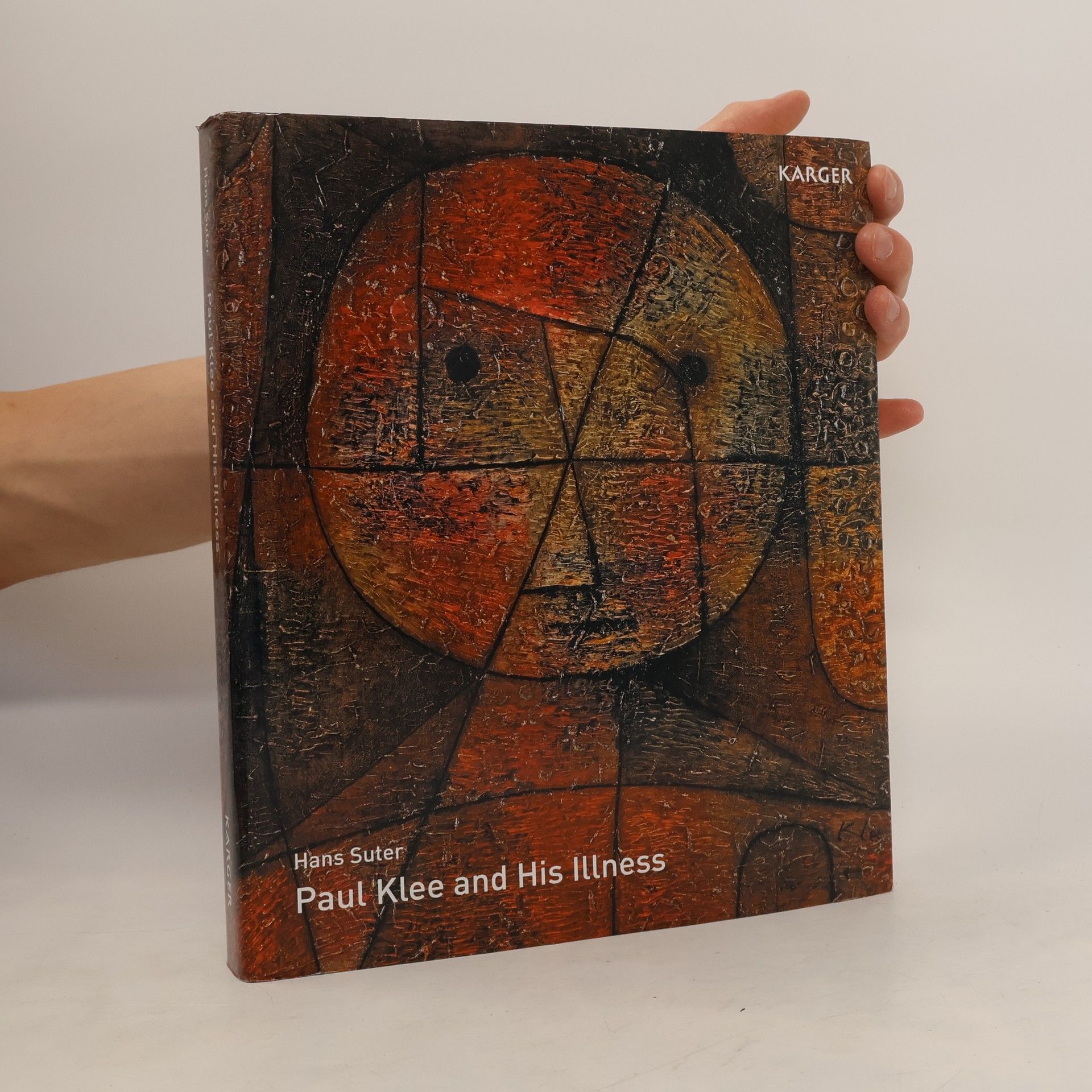Elf Schwestern
Biographische Erzählung
Erzählt wird die Geschichte der Familie Gwerder aus Aadorf im Thurgau. Deren jüngstes Kind, der 1909 geborene Heinrich hatte 11 Schwestern, die älteste kam 1886 zur Welt, und einen Bruder. Die Familie lebte von den Einnahmen, die der Vater auf seiner Schiffli-Stickmaschine im Keller erarbeitete, unter Mithilfe der Mädchen beim Schiffli füllen. Über ihr aller Leben, ihre Entwicklung, Kinder, Nichten und Neffen, darunter der Autor, erzählt das Buch. Es führt uns zurück zu Generationen, die es so nicht mehr gibt, zu Vorkriegszeiten, in denen jedes Familienmitglied mithelfen musste, um ein halbwegs ordentliches Auskommen für alle zu sichern. Es ist ein Sittenbild, manchmal tragisch oder banal, manchmal fiktiv, aber wahrheitsgetreu, meist mit einer Prise Humor, und wie es scheint aus längst vergangener Zeit, welche aber in Tat und Wahrheit nur gut hundert Jahre zurückliegt.




